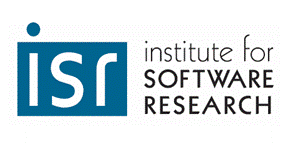
Institute for Software Research
School of Computer Science, Carnegie Mellon University
Collaboration in an Academic Setting:
Does the Network Structure Matter?
Victoria A. Hill
July 2008
Center for the Computational Analysis of
Social and Organizational Systems (CASOS) Technical Report
What forms of collaboration result in the most benefit to individuals who
are in the business of creating new knowledge? I approach this question
by examining patterns of collaboration among university faculty members
with the objective of determining what types of collaborative relationships
are most likely to result in innovative ideas and knowledge creation. By
drawing on the toolkits of Social and Dynamic Network Analysis, I measure
different structural positions of the network of actors based on this
collaborative behavior.
The dataset used in this study contains publication and collaboration data from 1995 to 2006 for each of 61 tenure or research track faculty members in the computer science department of a major U.S. university. Publication data was used as a proxy for knowledge creation. Co-authorship of publications and inter-departmental collaborations on projects, grants and students were used in calculating several network metrics including the E-I Index. These metrics along with relevant control variables are subsequently used in a multivariate regression model to estimate their significance on total publication rates of faculty members. Results indicate that innovation and new knowledge creation are facilitated by new inter-departmental partnerships for a specific cohort of faculty members.
19 pages
Return to:
SCS Technical Report Collection This page maintained by [email protected]
School of Computer Science homepage